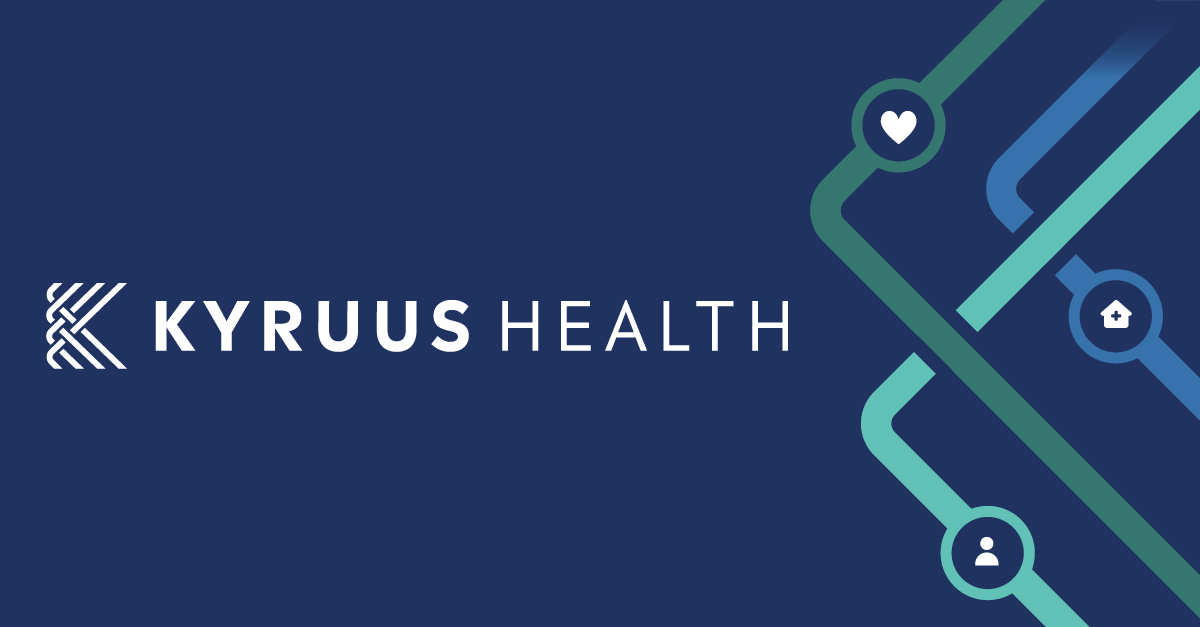Of all the terms used at last week’s Becker’s Payer Issues Roundtable – including Integrated Delivery Network (IDN) and Provider-Owned Health Plan – ‘Payvider’ certainly had the most interesting ring to it. And, as Robert Groves, MD, Executive Vice President and Chief Medical Officer of Banner|Aetna joked in his opening, he’s not sure if it sounds more like a superhero or supervillain.
It appears the two physicians on the panel – Groves and John Bulger, DO, Chief Medical Officer at Geisinger Health Plan – are pushing their organizations toward hero status. That’s because as both payers and providers of care, they have more room to be innovative and work through the often-challenging relationship between a health system and a health plan given their shared measures of success. They are removing obstacles such as clinicians from each entity arguing over a pre-authorization and inefficient communications channels. Most importantly, for both organizations, success revolves around the experience of the patient/member (who are all just people!).
The third member of the payvider panel was our own Paul Merrild, President of Kyruus and HealthSparq. Paul was able to share how technology can enable a more person-focused healthcare experience across both health plans and health systems–and, ideally, create a more unified and consistent experience. Healthcare is confusing enough and when people find different and conflicting information, or not enough information, it’s even more difficult to navigate. As an example, Geisinger Health Plan leverages solutions to better connect the digital experiences for members/patients across both the health system and the health plan (you can read more about that case study here).
“There are some very challenging structural challenges with data and making sure people can access care in convenient ways,” said Merrild. “Payviders have a really unique opportunity to make care better for people by eliminating much of the confusion that is commonplace when a patient feels stuck in between their provider and their insurance.”
For additional commentary on the data challenges that can be solved in healthcare, check out this recent podcast.

